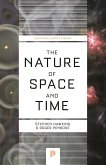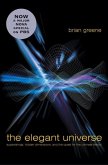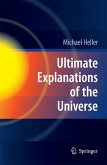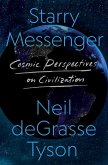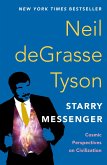"This gem of a book is vintage Roger Penrose: eloquently argued and deeply original on every page. His perspective on the present crisis and future promise of physics and cosmology provides an important corrective to fashionable thinking at this crucial moment in science. This book deserves the widest possible hearing among specialists and the public alike."--Lee Smolin, author of Time Reborn: From the Crisis in Physics to the Future of the Universe
"Physics has been at an awkward impasse for the past century. Two theories--quantum mechanics and general relativity--are widely believed to be true. . . . But they contradict each other in basic ways--they cannot both be entirely true. InFashion, Faith, and Fantasy in the New Physics of the Universe. . . Roger Penrose, an elder statesman of physics, considers the problem. As intellectually offbeat as he is eminent. . . he ventures here some novel ways in which the two theories might be reconciled."--Wall Street Journal



